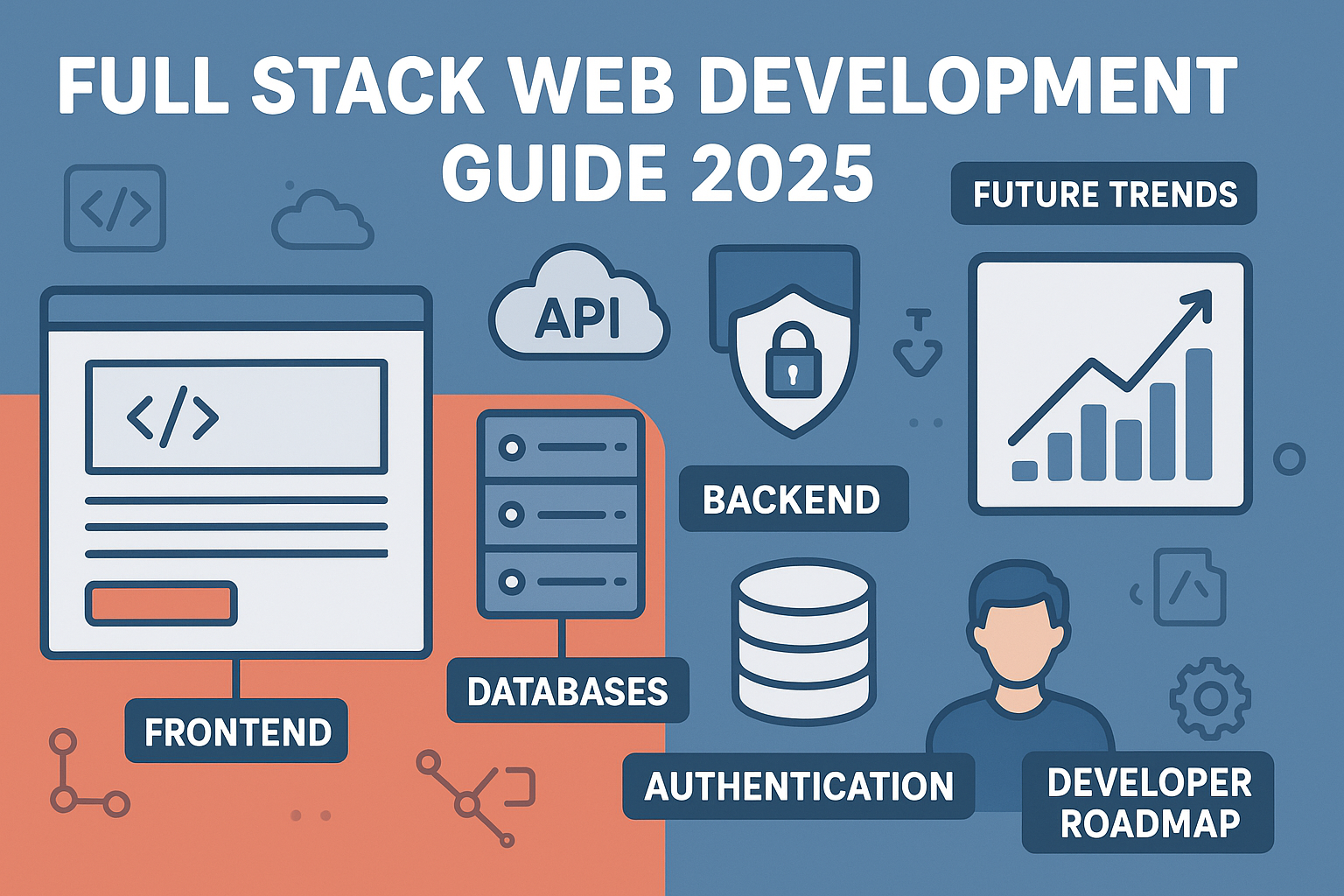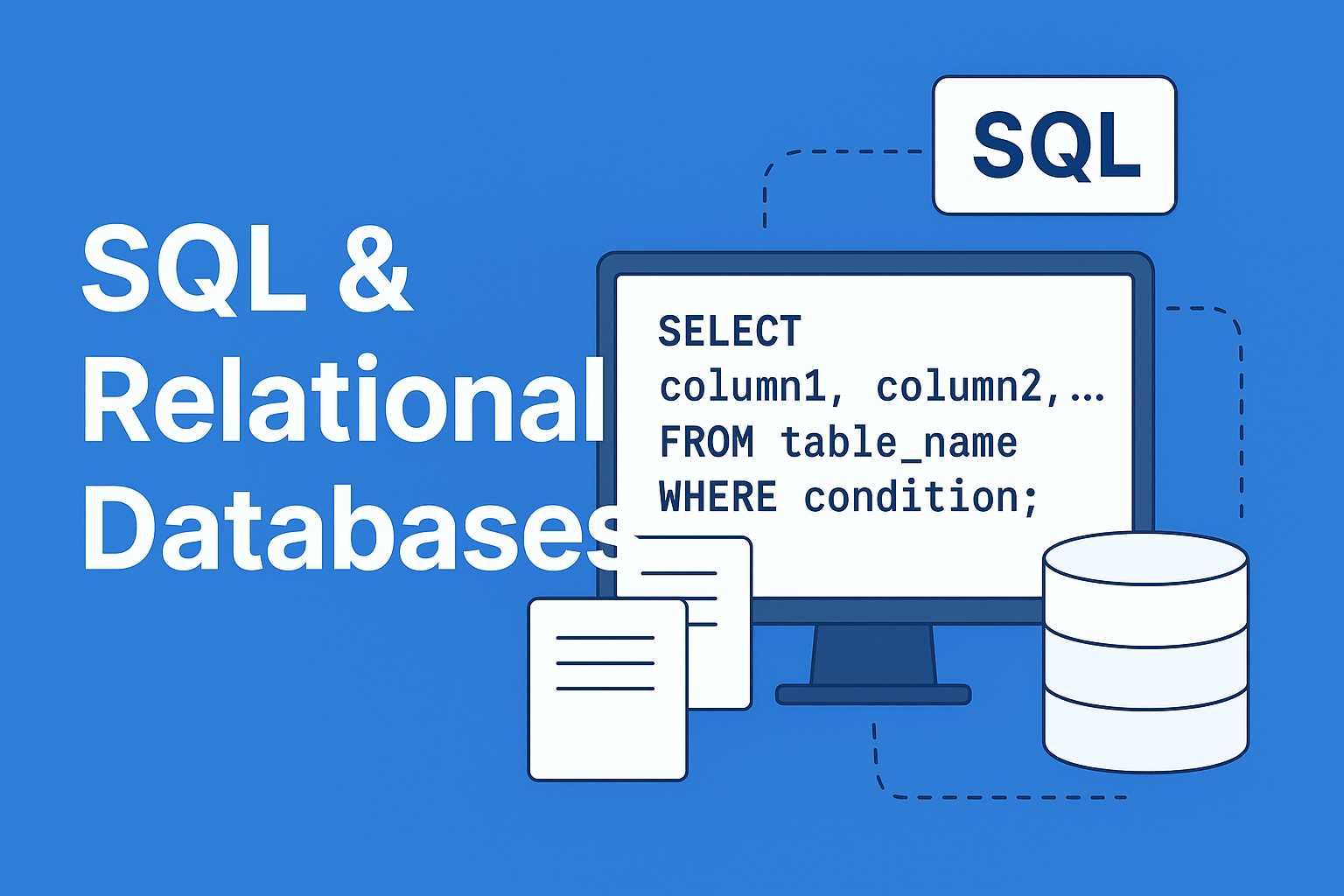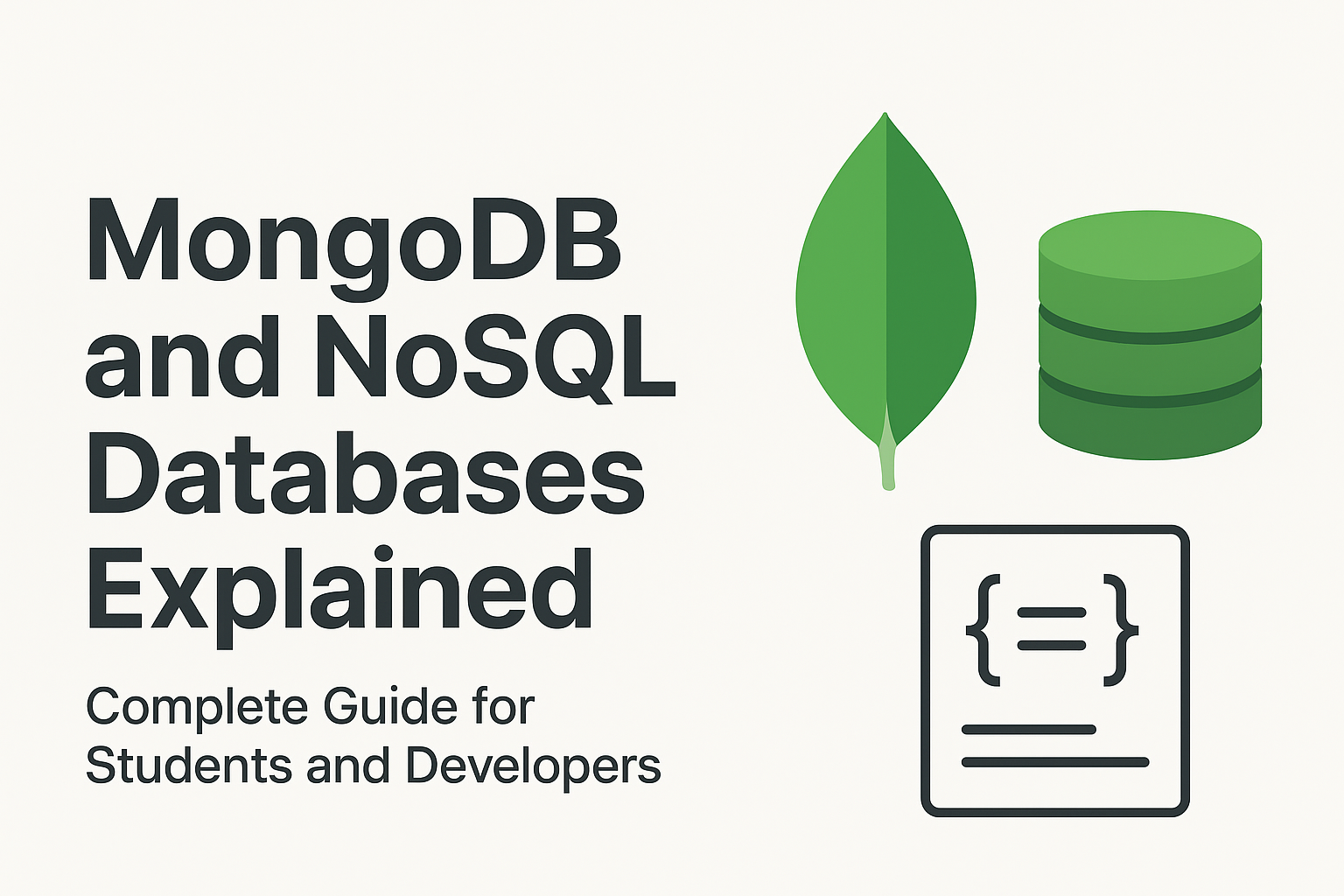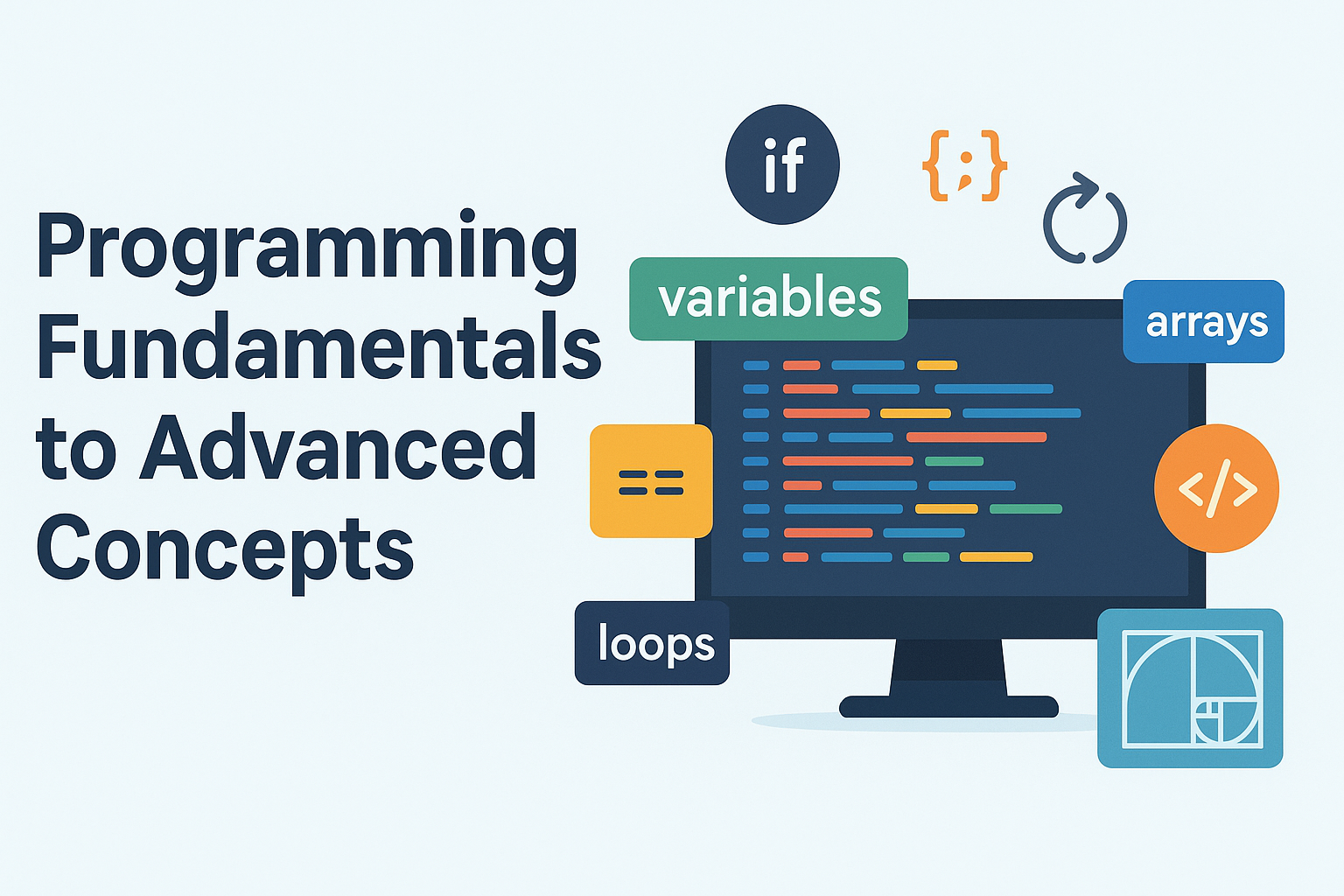Web development offers diverse and in-demand career paths across tech companies, startups, and freelancing platforms. This guide walks you through various job roles, skills required, places to apply, and tips for building a strong web development career.
Introduction
In today’s digital-first world, nearly every business, service, or organization relies on a website or web application. This demand creates countless opportunities for web developers. Whether you're passionate about design, coding, logic, or user experience — web development has a role for you.
Popular Job Roles in Web Development
Depending on your interests and skillset, you can specialize in different roles:
- Frontend Developer: Focuses on the visual interface and user experience using HTML, CSS, and JavaScript.
- Backend Developer: Works behind the scenes with databases, APIs, servers, and authentication systems.
- Full-Stack Developer: Combines frontend and backend skills to manage complete web applications.
- UI/UX Developer: Designs smooth, intuitive interfaces and ensures the website is user-friendly and accessible.
- Web Designer: Uses tools like Figma, Photoshop, and code to design beautiful and responsive layouts.
- DevOps for Web Apps: Manages deployment processes, server setups, CI/CD pipelines, and hosting environments.
Essential Skills for a Web Developer
To get hired or work independently, you should master both technical and soft skills:
- Frontend Skills: HTML, CSS, JavaScript, responsive design, frameworks like React or Vue, and tools like Bootstrap or Tailwind.
- Backend Skills: Familiarity with Node.js, Express.js, Python (Django/Flask), PHP, and database technologies (MongoDB, MySQL).
- Version Control: Git and GitHub for collaborative coding and version management.
- Tools & Editors: Visual Studio Code, Postman, browser dev tools, and basic CLI usage.
- Soft Skills: Clear communication, time management, problem-solving, adaptability, and eagerness to learn.
Where to Find Web Development Jobs
There are several channels through which web developers can find work opportunities:
- Job Portals: Apply via platforms like LinkedIn, Indeed, Glassdoor, and Naukri for full-time or internship roles.
- Freelancing Platforms: Create a profile on Fiverr, Upwork, or Freelancer to earn by completing small to large web projects.
- Tech Communities: Engage with communities like GitHub, Dev.to, Hashnode, and Stack Overflow Jobs for networking and leads.
- Startup & Local Agencies: Reach out directly or via networking events, hackathons, and open-source contributions.
Resume and Portfolio Tips
Presenting yourself professionally is key to landing interviews or freelance clients:
- Keep your resume clean, concise, and tailored for web development roles.
- Create a personal portfolio site showcasing real projects with GitHub links.
- Include case studies or explanations for each project (what problem it solves, tech used, etc.).
- Highlight achievements like certifications, internships, or open-source contributions.
Career Growth Roadmap
As you gain experience, you can grow into more advanced roles:
- Beginner: Web Development Intern, Trainee Developer
- Entry Level: Junior Frontend/Backend Developer
- Mid Level: Full Stack Developer, Software Developer
- Senior Level: Technical Lead, Software Engineer II or III
- Advanced Roles: Engineering Manager, Product Architect, CTO (with business and leadership exposure)
Average Web Developer Salary in India
Web development can be financially rewarding based on your skills and experience:
- Freshers (0–2 years): ₹3 LPA – ₹6 LPA
- Mid-Level (2–5 years): ₹6 LPA – ₹12 LPA
- Senior Developers (5+ years): ₹12 LPA – ₹25+ LPA (especially in product-based or global companies)
Conclusion
Web development is a dynamic and future-proof field filled with learning and earning potential. Whether you're self-taught, a CS student, or switching careers, there’s room for you to grow. Focus on building strong fundamentals, create a portfolio, stay updated with trends, and actively build — because the best way to learn web development is by doing it.




